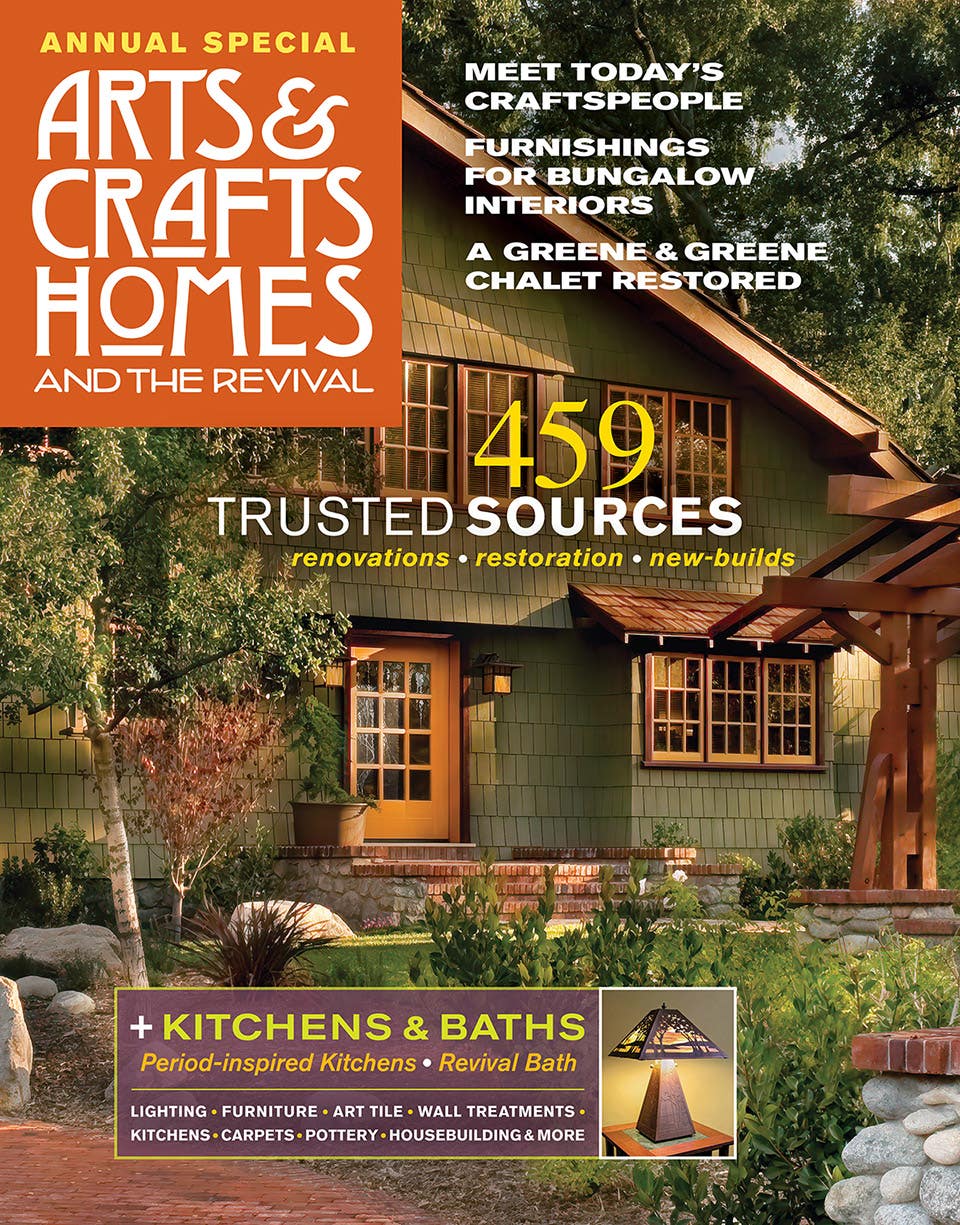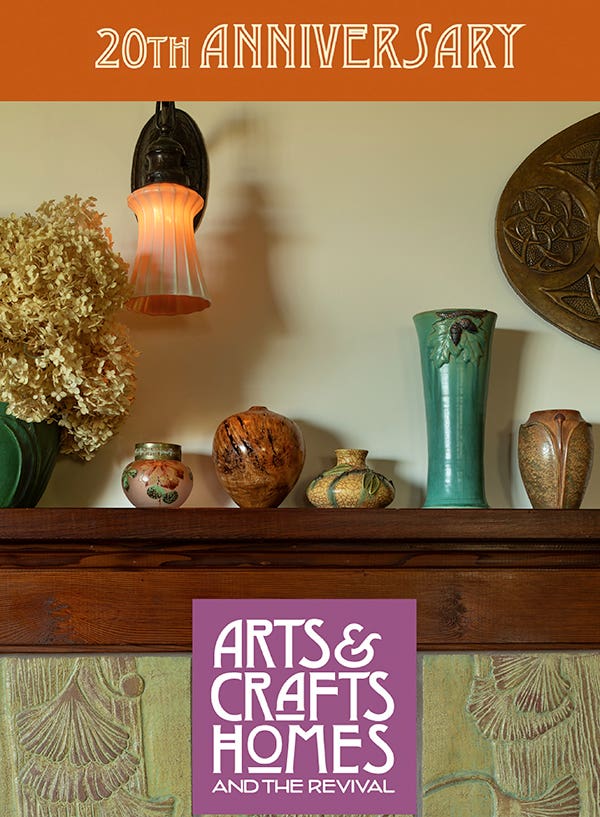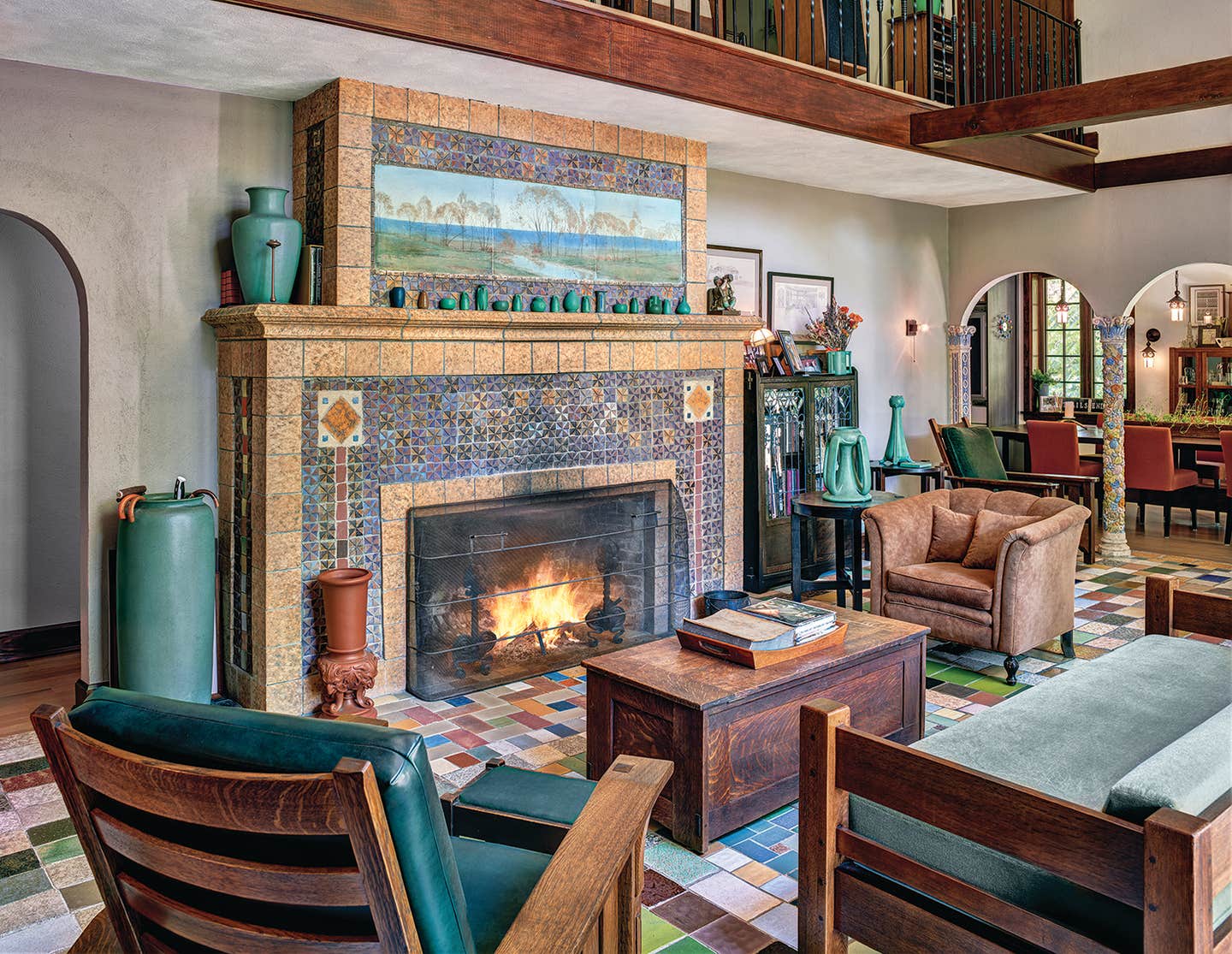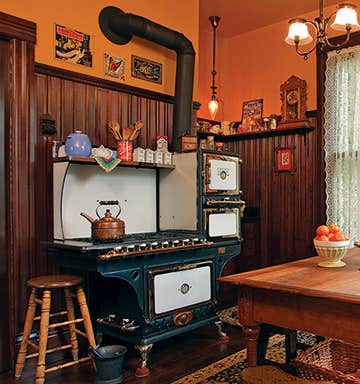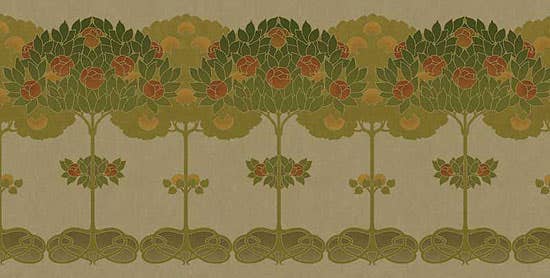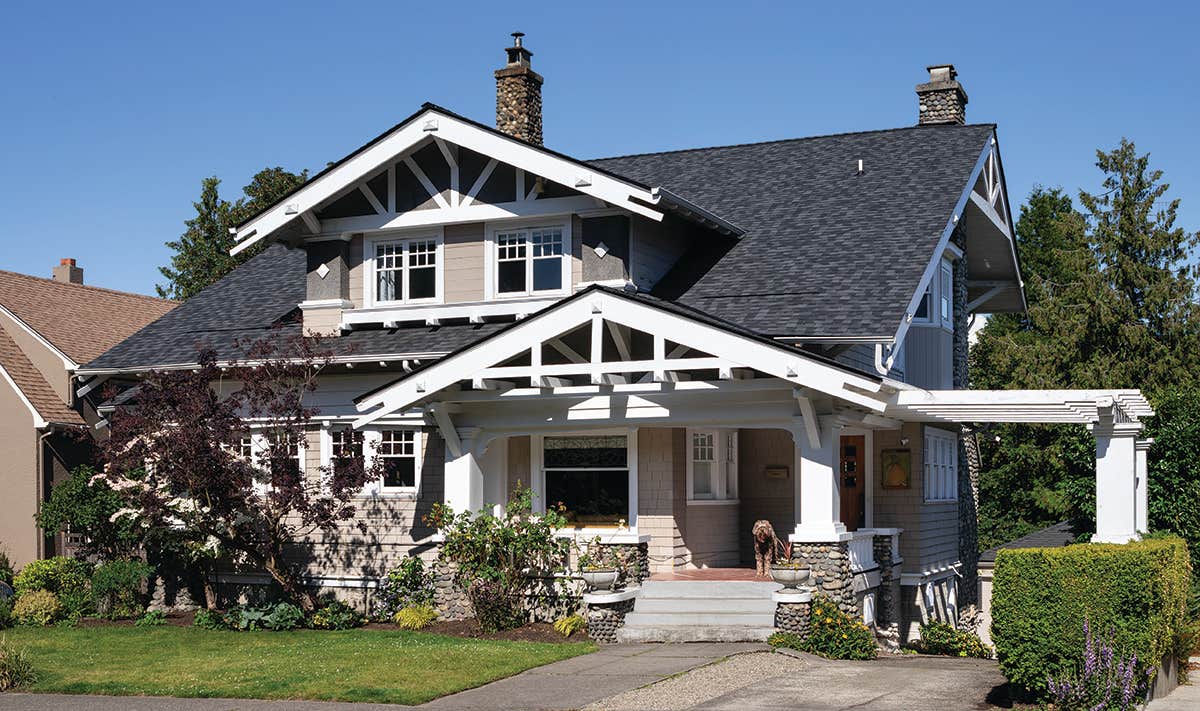Which Heating System is Right For Your Older Home?
Heating systems in older homes have traditionally been supplemented by fireplaces, stoves and inserts, but there are plenty of other choices for old houses that can boost comfort and save money.
Forced Air Heating Systems
Forced air units utilize built-in duct work to carry warmth throughout a home. Many of these furnaces use natural gas to heat the air, but there are also electric models available.
Pros:
- Ducts can be used for both heating and cooling.
Cons:
- Inefficient for heat delivery (especially with heat pumps)
- Hot and cold spots; variations in temperature
- Retrofitting or installing a new system can cost thousands
Works Best For:
- Regions with more cooling days than heating days
- Comfort/Cost Savings Alternatives
- Distribute warmed air more efficiently with ceiling fans
- Supplement with radiant floors, wood stoves or inserts
- Systems with built-in humidifiers
Radiators / Steam Heating
Steam heating systems utilize a boiler furnace, which heats water and turns it into steam. This steam is distributed throughout the home through pipes which lead to radiators or convectors that warm the home.
Pros:
- Efficient, comfortable whole-house heating delivery system
Cons:
- Does not address cooling needs
- Older radiators can be balky or noisy
Works Best For:
- Colder climates with many heating days
- Comfort/Cost Savings Alternatives:
- Retrofit noisy, balky or broken radiators with almost silent new ones (at about $500 each)
- Disguise ugly radiators with covers.
Heating Stoves/Inserts
Heating stoves can provide relief for drafty areas of your home—contemporary models offer clean, high-efficiency heating in period-friendly designs.
Pros:
- Easy to install (except masonry stoves)
- A quality stove costs $2500 or less
- Highly fuel efficient
- Masonry and catalytics capable of whole-house heating
- Passive cooling in warm months (masonry stoves)
Cons:
- Effectiveness diminishes in proportion to distance from heat source
- Wood and masonry stoves require regular feeding/maintenance
- Masonry stoves best suited for new construction or major remodels
Works Best For:
- Smaller homes
- As supplement to whole-house heating, especially forced air
Comfort/Cost Savings Alternatives:
- Humidifiers; supplementary units
- Distribute warmed air more efficiently with ceiling fans
Radiant Heat
Radiant heat can be produced by hot water, air, or electricity and delivers warmth to the home via direct contact with the heated surface (such as floors, walls, etc.).
Pros:
- Even, cost-effective heating ($8 to $12 square foot installed)
- Cost-Effective in retrofits (i.e., replacing old wall radiators with new), spot applications (baths, mudrooms, etc.), new construction (additions, whole house remodels)
Cons:
- Requires hot water or steam boiler except for spot (electric) units
- As whole-house heating, can be expensive and difficult to install in houses without existing radiators
- Does not address cooling needs
Works Best For:
- Homes in cooler climates
- New homes and homes being extensively remodeled
- Retrofits with existing water systems
- Spot heating
Comfort/Cost Savings Alternatives:
- Use as spot-comfort zones where possible (wall and floor radiators)
Arts & Crafts Homes and the Revival covers both the original movement and the ongoing revival, providing insight for restoration, kitchen renovation, updates, and new construction. Find sources for kitchen and bath, carpet, fine furniture and pottery, millwork, roofing, doors and windows, flooring, hardware and lighting. The Annual Resource Guide, with enhanced editorial chapters and beautiful photography, helps Arts & Crafts aficionados find the artisans and products to help them build, renovate, and decorate their bungalow, Craftsman, Prairie, Tudor Revival, or Arts & Crafts Revival home.

